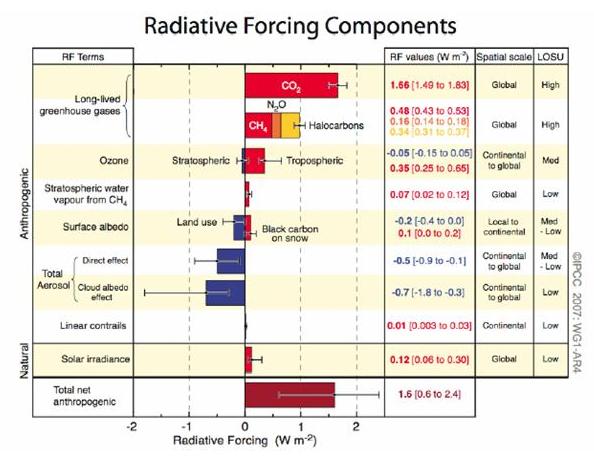MontyB
All-Blacks Supporter
To be honest I am seeing a great argument in denial here.
So far we have...
- People working on Global Warming are biased and not to be trusted, people that discover aspects of it are not to be trusted because they weren't working on it.
- I have not read them therefore they cannot be right.
- I have no idea who they are but it is more likely they are wrong than right.
- I am open to changing my mind but I wont look at anything outside what I already know.
I have a tendency to accept work done and then repeated over the space 200 years as accurate, I suspect that almost all rational thinking folk do and I believe it is a very poor argument you are putting up on this topic and an exceedingly reckless one to try and discredit tried and tested work when you have done little more than read the local newspaper to formulate your own.
So far we have...
- People working on Global Warming are biased and not to be trusted, people that discover aspects of it are not to be trusted because they weren't working on it.
- I have not read them therefore they cannot be right.
- I have no idea who they are but it is more likely they are wrong than right.
- I am open to changing my mind but I wont look at anything outside what I already know.
I have a tendency to accept work done and then repeated over the space 200 years as accurate, I suspect that almost all rational thinking folk do and I believe it is a very poor argument you are putting up on this topic and an exceedingly reckless one to try and discredit tried and tested work when you have done little more than read the local newspaper to formulate your own.
Last edited:






